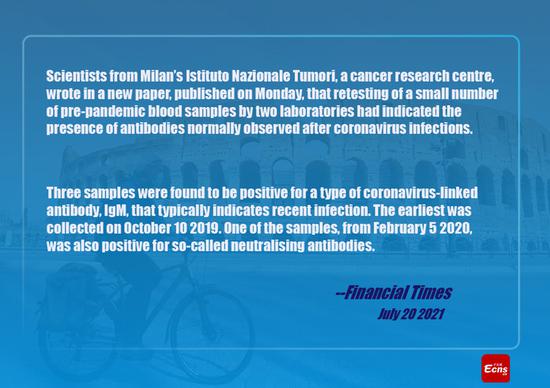The U.S. economy grew at an annual rate of 6.5 percent in the second quarter of 2021, the U.S. Commerce Department reported Thursday.
"The increase in second quarter GDP (gross domestic product) reflected the continued economic recovery, reopening of establishments, and continued government response related to the COVID-19 pandemic," the department's Bureau of Economic Analysis said in the "advance" estimate.
"In the second quarter, government assistance payments in the form of loans to businesses and grants to state and local governments increased, while social benefits to households, such as the direct economic impact payments, declined," the report noted.
The increase in real GDP in the second quarter reflected increases in personal consumption expenditures, non-residential fixed investment, exports, and state and local government spending that were partly offset by decreases in private inventory investment, residential fixed investment, and federal government spending, the report showed. Imports, which are a subtraction in the calculation of GDP, increased.
The 6.5-percent gain was considerably less than the 8.4-percent Dow Jones estimate.
In the first quarter, real GDP increased by 6.3 percent, 0.1 percentage point less than previously reported, according to the latest data. The U.S. economy contracted a downwardly revised 3.4 percent in 2020 amid the pandemic.
Jason Furman, former chairman of the White House Council of Economic Advisers, said on Twitter that the 6.5 percent annual growth rate in the second quarter means that real GDP is now above its pre-pandemic level, but still below its trend.
The GDP data was released one day after the U.S. Federal Reserve signaled that the central bank is inching closer to tapering its asset purchases amid concerns over surging inflation and the rapid spread of the Delta variant of COVID-19.
At a virtual press conference Wednesday afternoon, Fed Chair Jerome Powell said U.S. inflation will "remain elevated" in the coming months before moderating to normal levels due to supply bottlenecks.
While indicators of U.S. economic activity and employment "have continued to strengthen," the sectors most adversely affected by the pandemic "have not fully recovered," the Fed said in a statement after concluding a two-day meeting, noting the path of the economy continues to depend on the course of the virus.
In the latest update to its World Economic Outlook, the International Monetary Fund on Tuesday projected the U.S. economy would grow by 7.0 percent this year, up 0.6 percentage point from its April projection. The upward revision reflects the anticipated legislation of additional fiscal support in the second half of 2021 and improved health metrics.
In 2022, the U.S. economy is expected to grow by 4.9 percent, according to the IMF.

















































